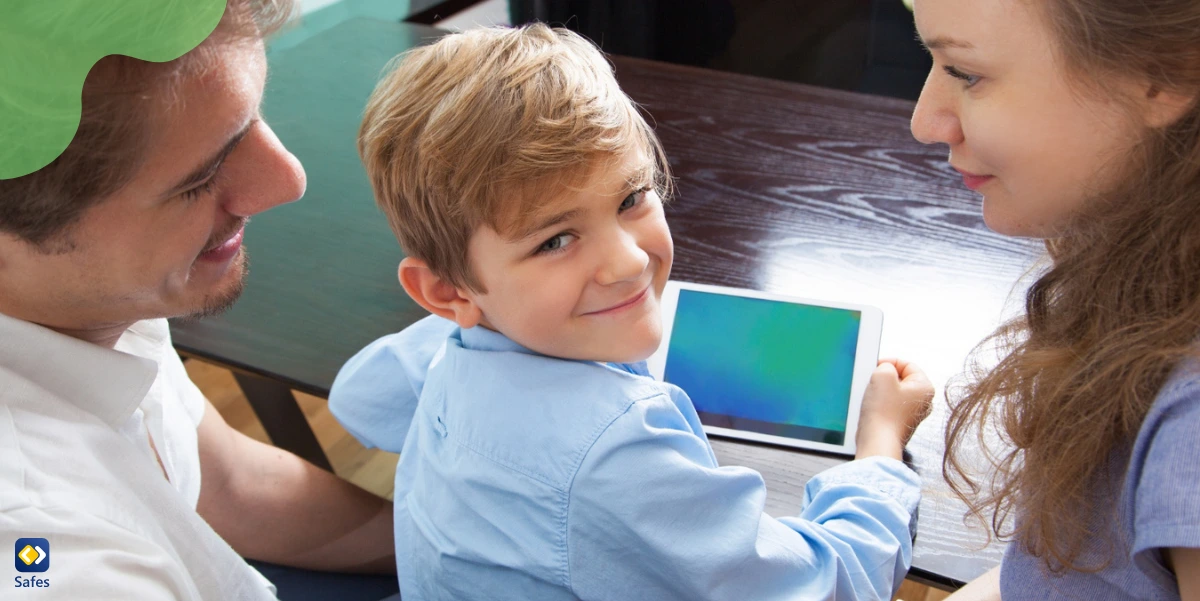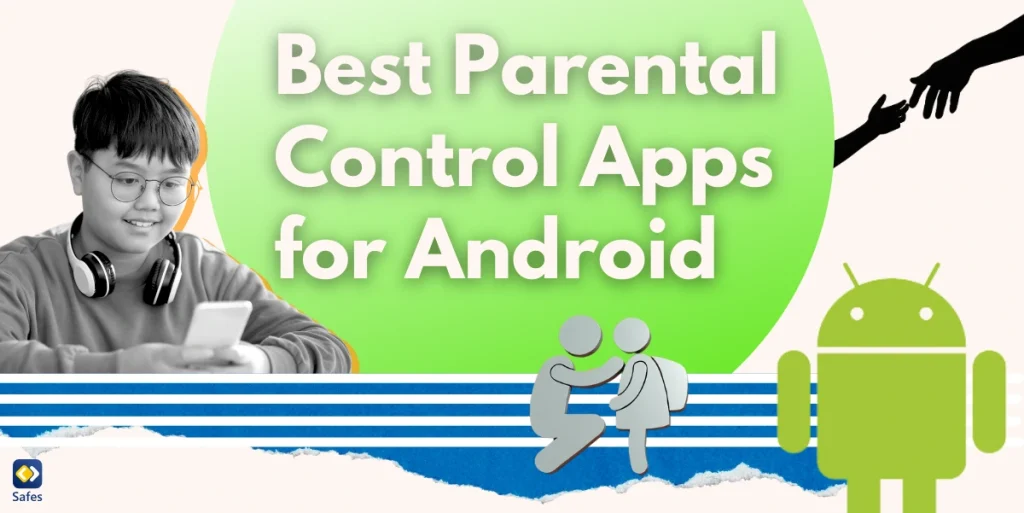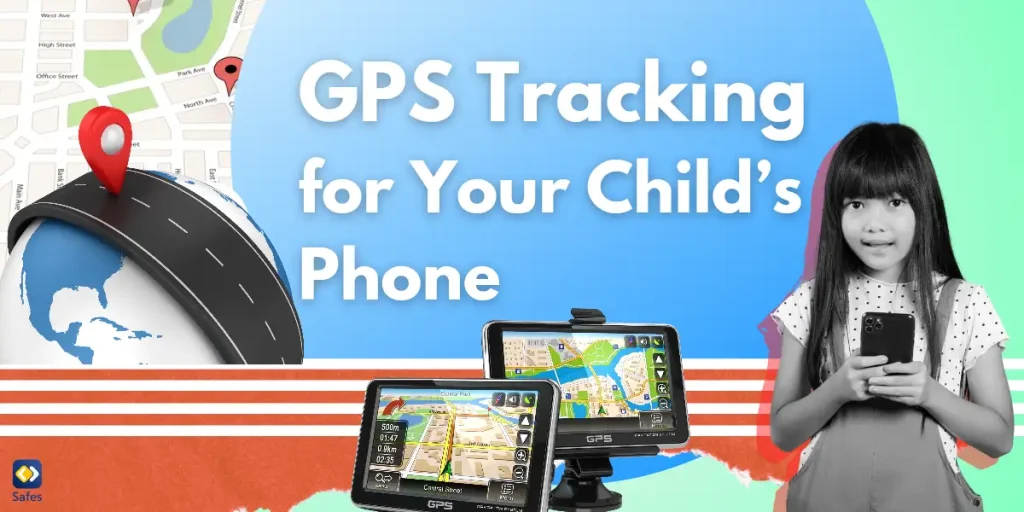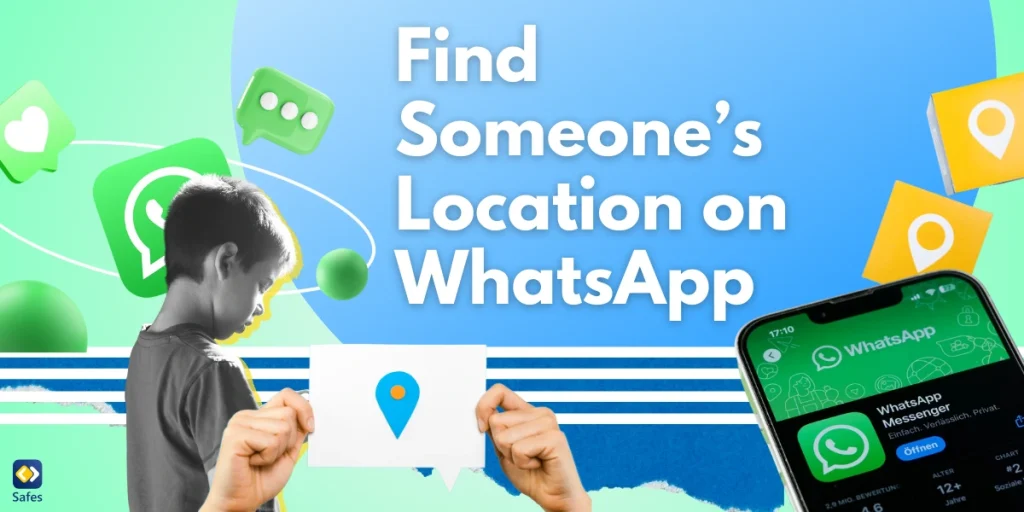Heutzutage haben Kinder mehr Zugang zu Technologie als je zuvor. Smartphones und Tablets bieten endlose Lern- und Unterhaltungsmöglichkeiten. Allerdings können sie Kinder verschiedenen Risiken aussetzen, wie schädlichen Inhalten, Cyber-Belästigung, zu viel Zeit online verbringen und vieles mehr. Für Eltern ist die Online-Sicherheit ihrer Kinder zur obersten Priorität geworden. Eine App zur Kindersicherung kann Ihnen dabei helfen, Ihr Kind auf Android-Geräten zu schützen. In diesem Blog besprechen wir, warum Sie eine App zur Kindersicherung benötigen, auf welche Funktionen Sie achten sollten und stellen die beste App zur Kindersicherung für Android vor.
Download and Start Your Free Trial of the Safes Parental Control App
Warum brauchen Sie eine App zur Kindersicherung?
Das Internet ist riesig und voller guter und schlechter Dinge. Kinder verstehen möglicherweise nicht immer, was sicher ist und was nicht. Hier kommen die Eltern ins Spiel. Hier sind einige Gründe, warum eine App zur Kindersicherung so hilfreich ist:
- Behalten Sie die Bildschirmzeit im Auge: Zu viel Zeit vor dem Bildschirm kann die Gesundheit Ihres Kindes schädigen. Eine App zur Kindersicherung kann Ihnen dabei helfen, Bildschirmzeitlimits.
- Blockieren Sie schädliche Inhalte: Diese Apps können verhindern, dass Ihr Kind Dinge sieht, die nicht für sein Alter geeignet sind.
- Kennen Sie ihren Standort: Viele Apps ermöglichen Ihnen die Verfolgung des Aufenthaltsorts Ihres Kindes, um dessen Sicherheit zu gewährleisten.
- Stoppen Sie Cybermobbing: Sie können soziale Medien und Nachrichten überwachen, um schädliches Verhalten frühzeitig zu erkennen.
Eine Kindersicherungs-App gibt Ihnen die Werkzeuge, um Ihr Kind zu führen und ihm gleichzeitig die Vorteile der Technologie zu ermöglichen. Laut einer Artikel Mithilfe von Kindersicherungen ist es Eltern gelungen, Online-Gefahren vorzubeugen und die Belastung ihrer Kinder mit unangemessenen Inhalten zu reduzieren.
![]()
Worauf sollten Sie bei einer Kindersicherungs-App für Android achten?
Es gibt viele Apps zur Kindersicherung, aber nicht alle sind gut. Sie müssen nur die Funktionen erkennen, die sie bieten, und diejenige auswählen, die die von Ihnen benötigten Optionen enthält. Hier sind die wichtigsten Funktionen, auf die Sie achten sollten.
- Einfach zu bedienen: Die App sollte für Sie einfach einzurichten und zu verwalten sein.
- Gute Überwachungsfunktionen: Sie sollten sehen können, welche Apps Ihr Kind verwendet, welchen Browserverlauf es hat und wie viel Zeit es online verbringt.
- Anpassbare Einstellungen: Jedes Kind ist anders. Suchen Sie nach einer App, mit der Sie die Einstellungen an das Alter und die Bedürfnisse des Kindes anpassen können.
- Echtzeitwarnungen: Die App sollte Sie sofort benachrichtigen, wenn ein Problem auftritt, beispielsweise wenn Ihr Kind versucht, auf gesperrte Inhalte zuzugreifen.
- Funktioniert gut auf Android: Stellen Sie sicher, dass die App für den reibungslosen Betrieb auf Android-Geräten ausgelegt ist.
- Erschwingliche Pläne: Eine gute App sollte tolle Funktionen zu einem Preis bieten, der zu Ihrem Budget passt.
Was ist die beste App zur Kindersicherung?
Wenn Sie nach der besten Kindersicherungs-App für Android suchen, ist Safes die beste Wahl. Wir sind stolz darauf, Safes als umfassende Lösung für Familien anbieten zu können. Hier erfahren Sie, was es im Vergleich zu den Alternativen so besonders macht.
- Vollständige Funktionen: Safes ist vollgepackt mit Tools, die Eltern dabei helfen, ihre Kinder zu schützen. Sie können die App-Nutzung Ihres Kindes verfolgen, unangemessene Websites blockieren, Zeitlimits für Geräte festlegen und vieles mehr. Es wurde entwickelt, um alle wichtigen Bereiche der digitalen Sicherheit abzudecken.
- Benutzerfreundliche Schnittstelle: Wir haben Safes so konzipiert, dass sie einfach und benutzerfreundlich sind. Sie müssen kein technisches Fach sein, um loszulegen. Die App führt Sie durch die Einrichtung und die Verwaltung der Einstellungen ist unkompliziert.
- Standortverfolgung und Sicherheit: Mit Safes wissen Sie immer, wo sich Ihr Kind befindet. Unsere GPS-Tracking- und Geofencing-Funktionen zeigen Ihnen den Standort Ihres Kindes und ermöglichen die Einrichtung sicherer Zonen. Wenn Ihr Kind diese Zonen verlässt, erhalten Sie eine Warnung.
- Für jede Familie individuell anpassbar: Kein Kind ist wie das andere, und Safes weiß das. Sie können die Einstellungen an das Alter Ihres Kindes, seine Bedürfnisse und die Regeln Ihrer Familie anpassen. Ob es um Schlafenszeitbeschränkungen oder das Blockieren bestimmter Apps geht, Sie haben die Kontrolle.
- Echtzeitwarnungen: Safes hält Sie auf dem Laufenden. Wenn Ihr Kind versucht, auf eingeschränkte Inhalte zuzugreifen oder zu viel Zeit online verbringt, erhalten Sie sofort eine Benachrichtigung.
- Erschwingliche Pläne: Wir glauben, dass jede Familie Zugriff auf hervorragende Tools für Online-Sicherheit haben sollte. Deshalb bietet Safes leistungsstarke Funktionen zu Preisen, die zu Ihrem Budget passen.
- Engagiertes Supportteam: Unser Kundensupportteam ist jederzeit für Sie da. Egal, ob Sie Fragen haben oder auf ein Problem stoßen, wir sind für Sie da.
Sie können Safes als Ihren Erziehungspartner bezeichnen! Wir sind hier, um Ihnen zu helfen, Ihr Kind zu schützen, es online anzuleiten und Ihnen ein beruhigendes Gefühl zu geben. Mit Safes verwalten Sie nicht nur die Bildschirmzeit Ihres Kindes, sondern sorgen auch für seine Sicherheit in einer vernetzten Welt.

Letztes Wort
Eltern zu sein kann im digitalen Zeitalter hart sein, aber Sie müssen es nicht alleine tun. Ein guter Kindersicherungs-App wie Safes können Ihnen helfen, Ihr Kind zu schützen und ihm gleichzeitig die guten Seiten des Internets zu ermöglichen. Als bessere Alternative zu Kindersicherung für das iPhone Safes ist einfach zu bedienen, bietet zahlreiche Funktionen und ist erschwinglich. Es ist das perfekte Werkzeug, um Ihr Kind zu schützen. Probieren Sie Safes noch heute aus auf Android und iOS und genießen Sie die Gewissheit, dass Ihr Kind geschützt ist. Sie können auch unsere Kostenlose Testversion um die Features vorab zu testen!
Your Child’s Online Safety Starts Here
Every parent today needs a solution to manage screen time and keep their child safe online.
Without the right tools, digital risks and excessive screen time can impact children's well-being. Safes helps parents set healthy boundaries, monitor activity, and protect kids from online dangers—all with an easy-to-use app.
Take control of your child’s digital world. Learn more about Safes or download the app to start your free trial today!




![Sexualisierung von Kindern in den Medien] [Kind wird sexualisiert](https://www.safes.so/wp-content/uploads/2023/09/Sexualization-of-Children-in-the-Media-1024x513.webp)